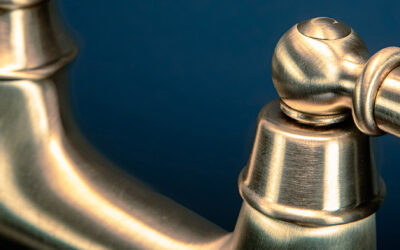Following the installation of your independent rinse, you may experience a small amount of water leaking from the end. In most cases this is not a product fault.
It is common in new installations for debris to become lodged inside the spray, causing the sliding valve mechanism to not return fully to its off position. This can literally be a fraction of a millimetre, which causes the water to bypass the seal.
The following instructions detail the process to follow, but please also refer to the video below which shows a member of the Bidbury & Co production team demonstrating the process.
Turn off water
Unscrew aerator
Remove aerator ring (brass part)
Clean sealing surface of ring (inside and outside surfaces)
Turn on water
Let water run until debris is cleared
Turn off water
Insert aerator ring (ensure it is fully seated)
Screw aerator back on
It is also important to ensure the pressure being supplied to the rinse is not too high. Excessive pressure can cause water to be forced past the shut-off valve/seal. In most cases, we recommend a maximum water pressure of 3.0bar. If your supply is in excess of this (most UK households will be between 3-5bar), you will need to fit a pressure reducing valve.
Please Note: Damage caused by excessive water pressure is not covered under the manufacturer’s warranty.



